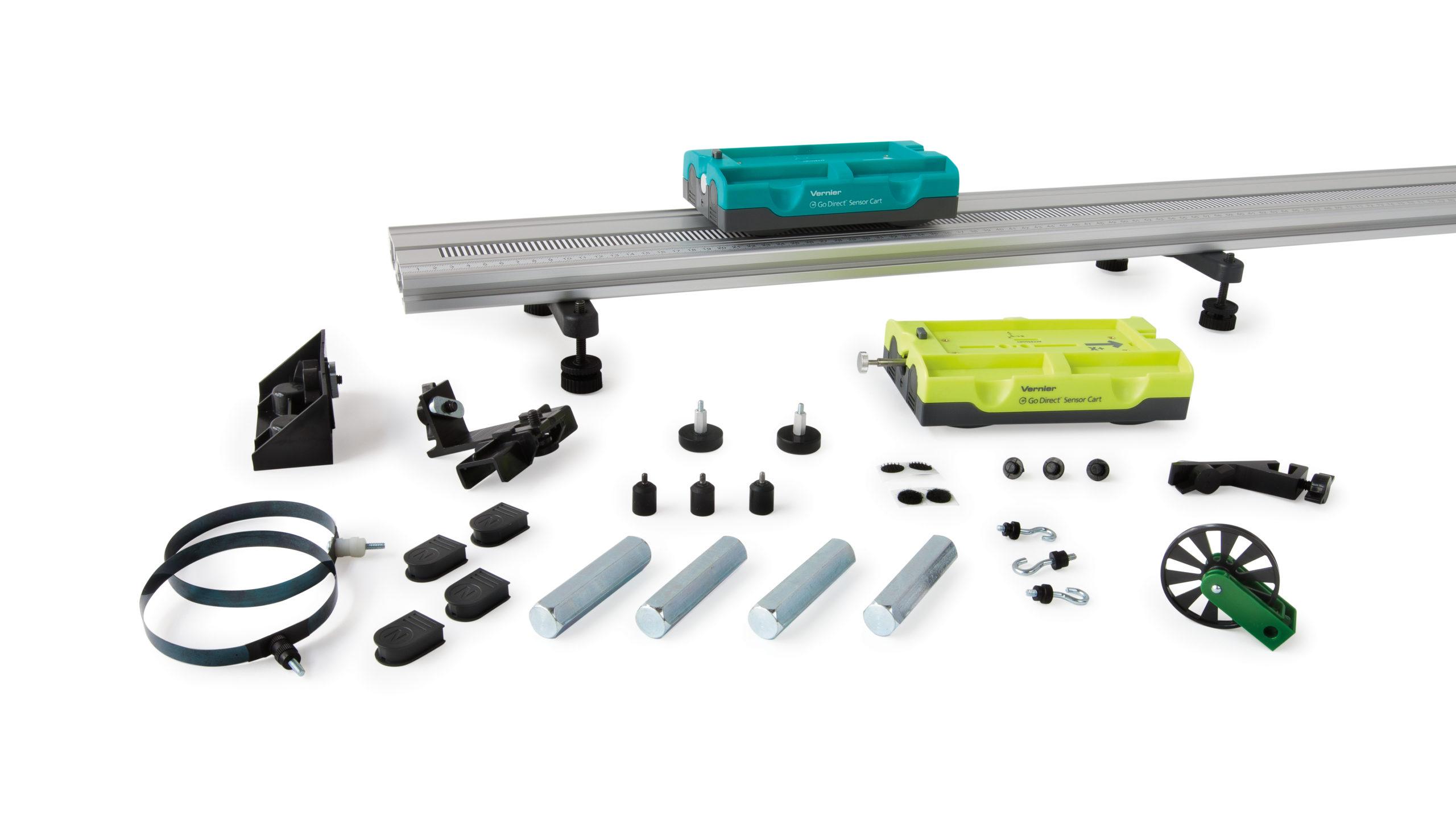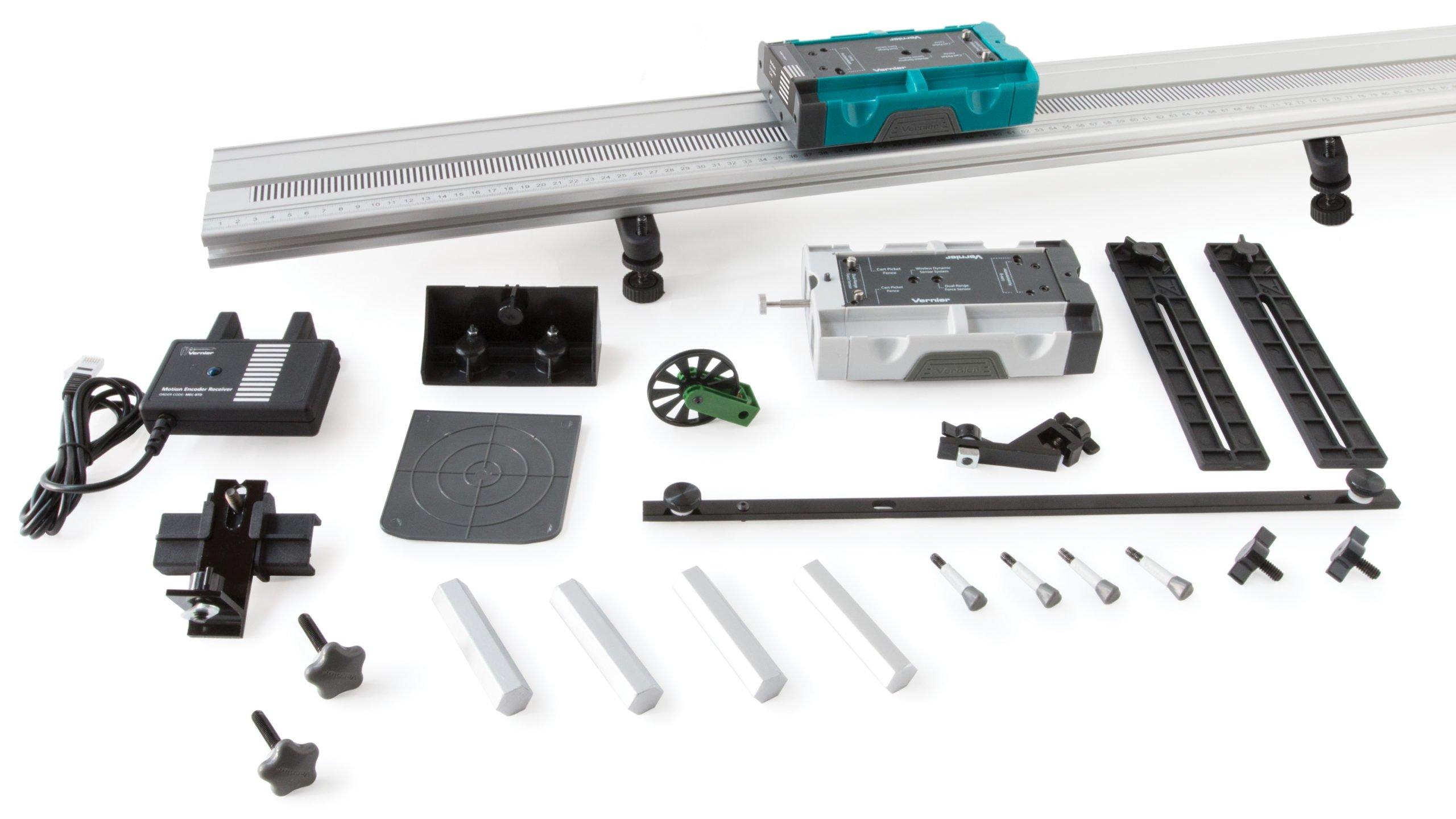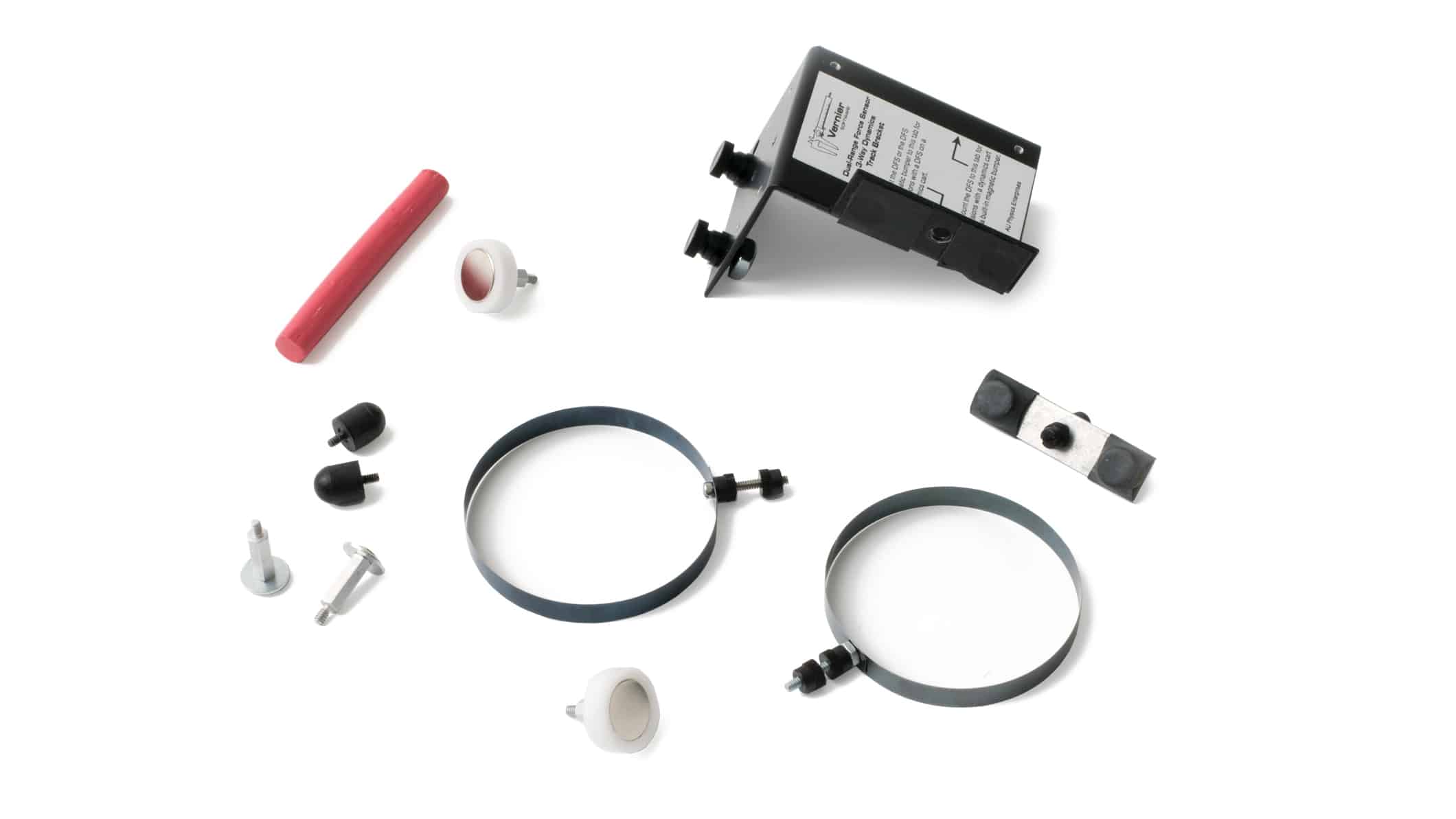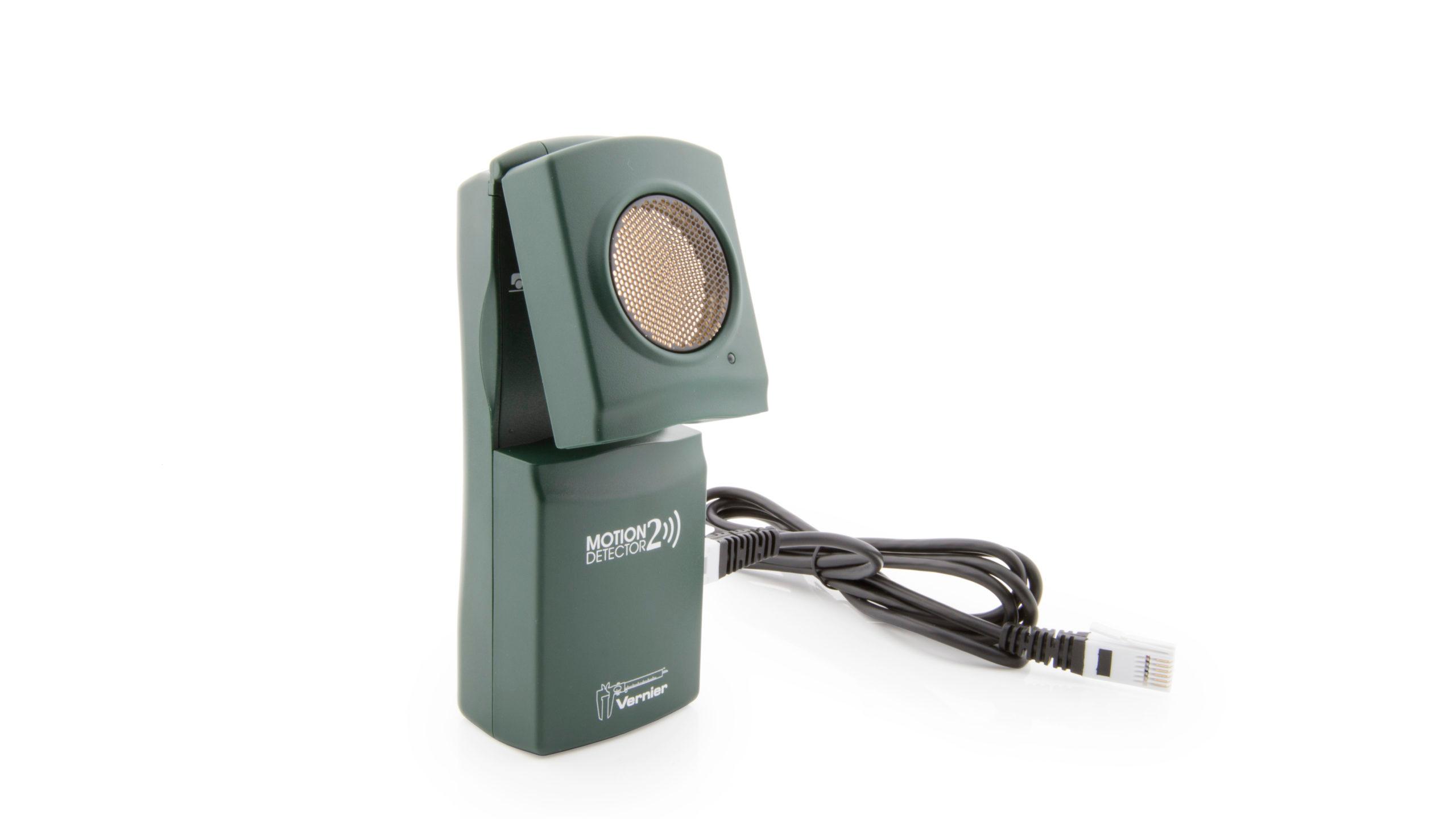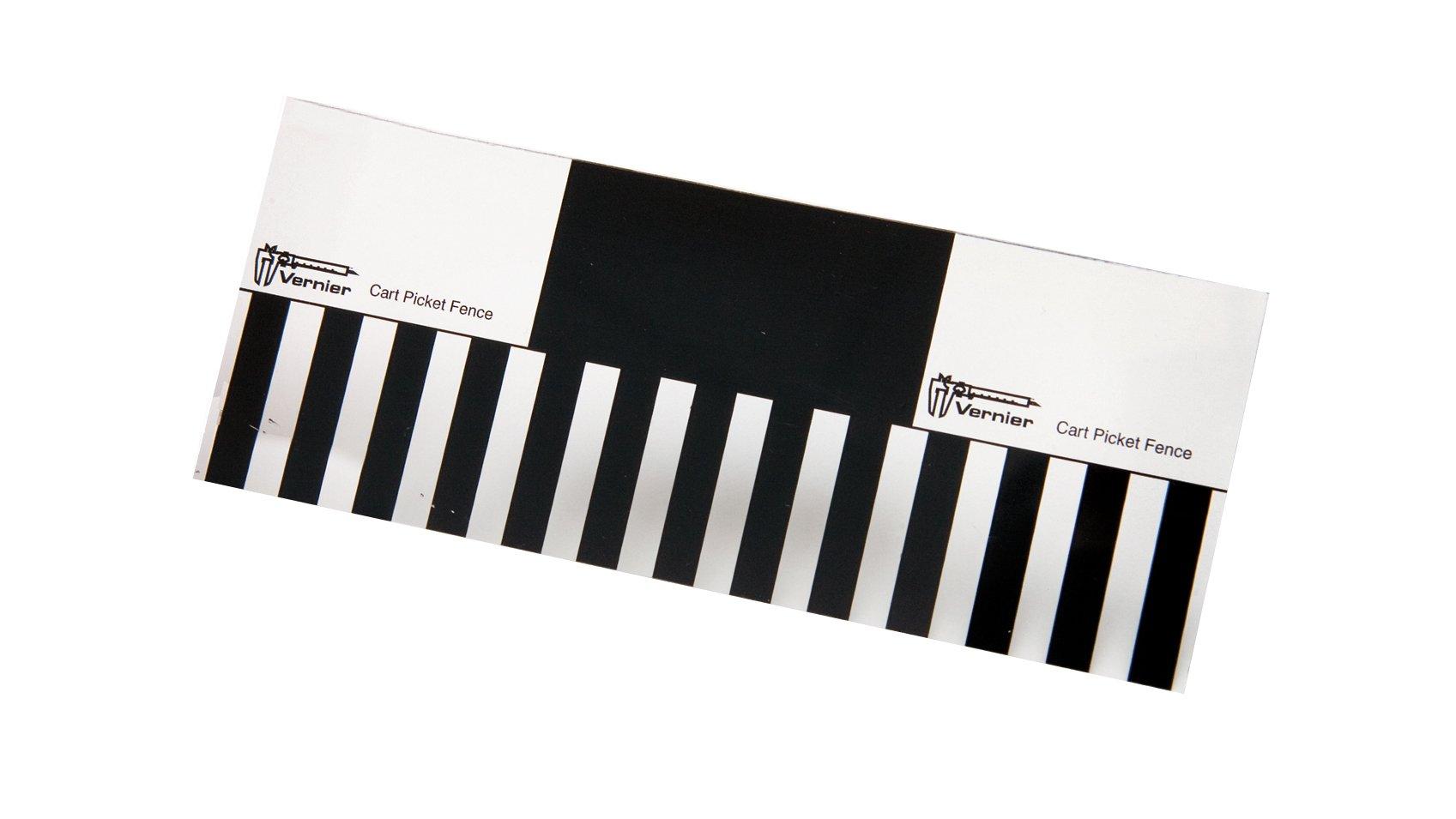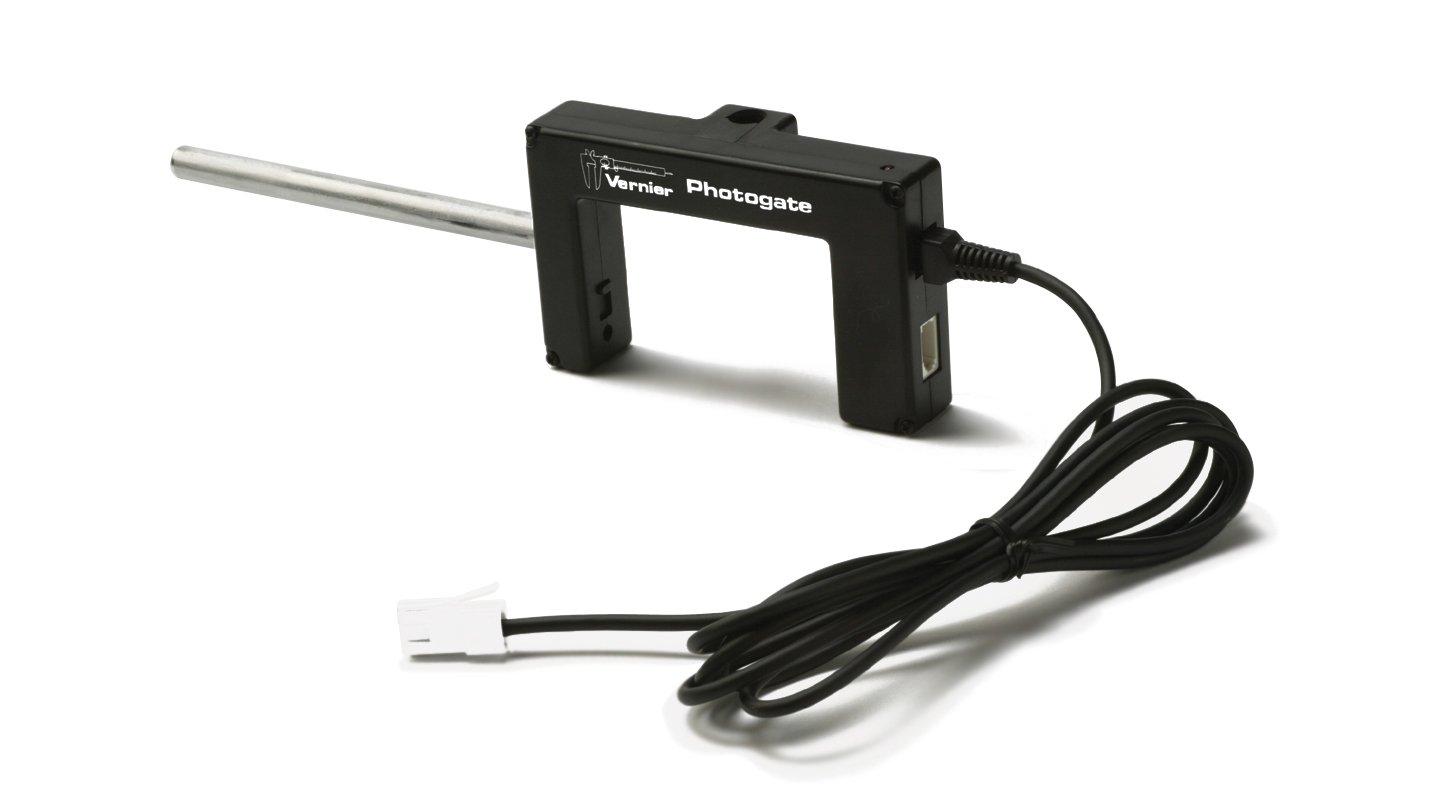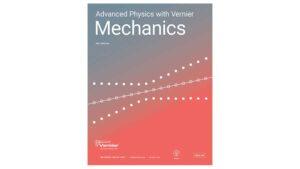Energy Storage and Transfer: Kinetic Energy
Experiment #8 from Advanced Physics with Vernier — Mechanics
- Subject
- Physics

Introduction
In the first of this series of labs exploring the role of energy in change, you found that the energy stored in an elastic system was proportional to the square of the change in the length of the spring or rubber band deformed by the applied force. We called the energy stored in this way elastic energy.
This energy can be transferred to another object to produce a change—for example, when the spring is released, it can launch a toy dart. It seems reasonable that the more the spring is compressed, the greater the change in speed it can impart to the object. As the spring or rubber band returns to its original shape, it transfers energy to the moving object. We say that the moving object stores energy in an account called kinetic energy. It seems reasonable that an object’s kinetic energy is a function of its mass and velocity. It would be useful to determine a quantitative relationship between the kinetic energy and its velocity for a given mass.
Objectives
In this experiment, you will
- Recognize that the energy stored in an elastic system (spring, rubber band) can be transferred to another object, resulting in a change in the state of that object.
- Determine an expression for the kinetic energy stored in a moving body.
Sensors and Equipment
This experiment features the following sensors and equipment. Additional equipment may be required.
Correlations
Teaching to an educational standard? This experiment supports the standards below.
- International Baccalaureate (IB) 2025/Physics
- The students should understand the principle of the conservation of energy
Ready to Experiment?
Ask an Expert
Get answers to your questions about how to teach this experiment with our support team.
- Call toll-free: 888-837-6437
- Chat with Us
- Email support@vernier.com
Purchase the Lab Book
This experiment is #8 of Advanced Physics with Vernier — Mechanics. The experiment in the book includes student instructions as well as instructor information for set up, helpful hints, and sample graphs and data.

